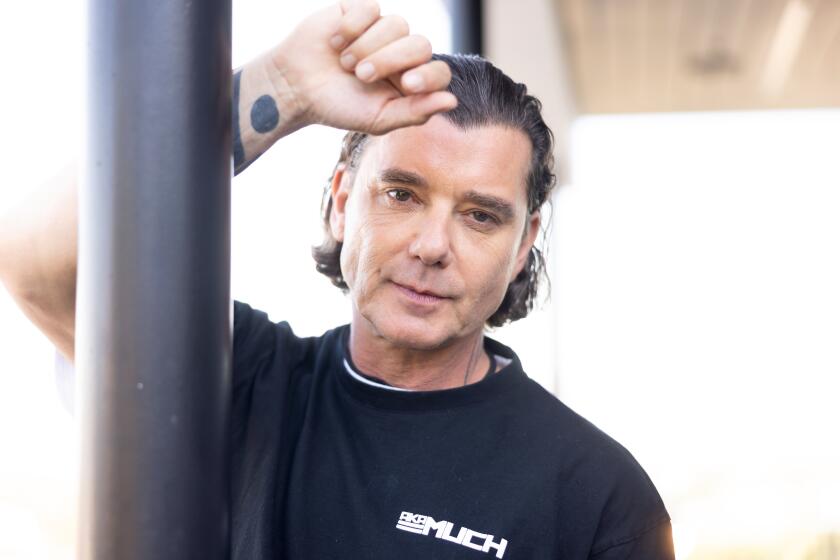ITS FUTURE LOOKS MOST PROMISING : A RETROSPECTIVE OF LATIN JAZZ
- Share via
Saturday night’s program in the weekend Latin Jazz Festival at John Anson Ford Theater was a freeze-frame of salsa’s past, present and promising future.
Best of all is the news that festival promoters hope to use the Hollywood facility as a regular Friday showcase for top salsa acts--starting July 10 with Eddie Palmieri. There’s plenty of salsa in town, but no consistent concert forum for its key figures.
Charanga 76, a veteran New York group, opened with tradition. Though the audience found the conjunto ‘s elegant flute and electric violin pairings eminently danceable, the outfit lacked the virtuosity that made salsa the rage a decade ago.
Tito Puente and his veteran Latin Jazz Ensemble then demonstrated why the irrepressible band leader is still a standard bearer for the jazz tradition Machito started more than 40 years ago. Sonny Bravo’s piano arrangements and solos, such as the boogaloo-flavored version of “On Broadway,” were refreshingly contemporary.
But it was Puente’s guest, jazz flutist David Valentin, who best exemplified the changing nature of salsa. In his solo improvisation “Pueblo,” the 35-year-old New Yorker, employing Klemmerian tape-replay, did it all: Weaving ocarina, transverse flutes and Andean and Romanian panpipes on a driving fugal motif; simultaneously vocalizing and splitting overtones in two to create chimeric three-part harmonies. Paradoxically, Valentine’s recent move into mainstream jazz--like Ruben Blades’ crossover into pop--signals a loss for traditional salsa, but also the continuing ability of the music’s best artists to move into and influence other fields.
More to Read
The biggest entertainment stories
Get our big stories about Hollywood, film, television, music, arts, culture and more right in your inbox as soon as they publish.
You may occasionally receive promotional content from the Los Angeles Times.










